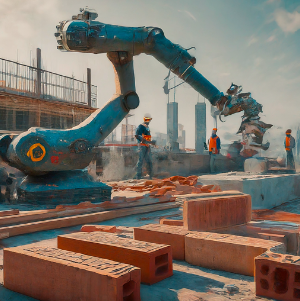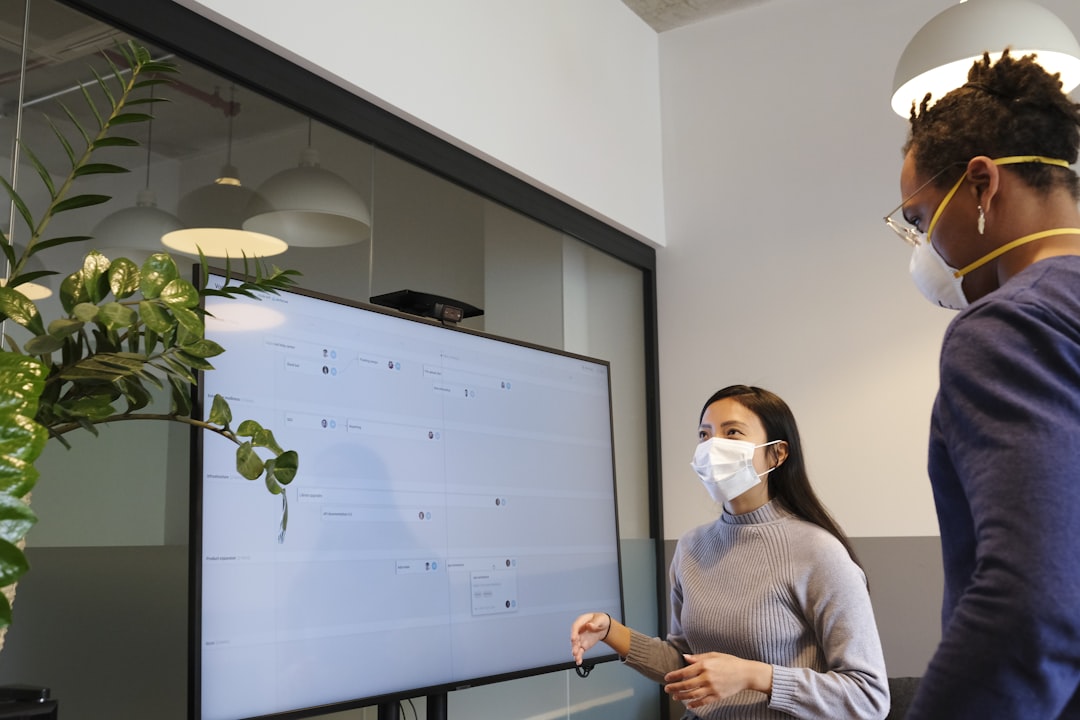
The construction industry is embracing a wave of innovation, with new technologies changing how buildings are designed, built, and operated. These advancements promise greater efficiency, sustainability, and exciting possibilities for the built environment. Let’s delve into some of the most groundbreaking technologies.
1. Building Information Modeling (BIM): The Digital Blueprint
BIM is a cornerstone of modern construction. Creating intelligent 3D models that encompass every aspect of a building goes beyond traditional plans. BIM enables:
- Clash Detection: Identifying conflicts between elements (pipes, ducts, structural components) before construction begins, saving time and money.
- Prefabrication: Accurate models facilitate off-site component manufacturing, improving quality control and installation speed.
- Visualization: Clients, architects, and teams experience the building virtually, aiding decision-making and collaboration.
2. Modular and Prefabricated Construction: Building by Blocks
Constructing entire building sections or units off-site under controlled factory conditions offers numerous benefits:
- Speed: Faster construction timelines as on-site weather delays and coordination issues are minimized.
- Quality Control: Stringent factory standards ensure precision and reduce the likelihood of errors.
- Sustainability: Reduced material waste and a more controlled environment benefit the environment.
- Flexibility: Modular units offer adaptability for future reconfigurations or relocation.
3. Robotics and Automation: Precision and Productivity
Robotics is entering construction sites, performing tasks that are repetitive, dangerous, or require exceptional accuracy:
- Bricklaying Robots: Machines like SAM100 and Hadrian X can lay bricks significantly faster than humans, improving productivity and safety.
- 3D Printing: Large-scale 3D printers extrude concrete or other materials to construct buildings layer-by-layer, enabling unique forms and rapid construction.
- Autonomous Equipment: Self-driving excavators, bulldozers, and haul trucks are becoming increasingly sophisticated for site preparation and material transport.
4. The Connected Jobsite: Harnessing the Power of Data
Sensors and the Internet of Things (IoT) are transforming construction sites into data-driven hubs:
- Equipment Monitoring: Sensors track machine performance, fuel usage, and maintenance needs, optimizing utilization and preventing breakdowns.
- Worker Safety: Wearable devices can monitor vital signs, detect dangerous conditions, and alert workers to hazards.
- Materials Tracking: RFID tags and sensors monitor materials and inventory in real-time, ensuring timely delivery and preventing costly shortages.
- Predictive Analytics: Harnessing vast data streams for patterns that predict potential delays, cost overruns, or safety issues.
5. Advanced Materials: Stronger, Smarter, Greener
Innovation in building materials is leading to more sustainable and resilient structures:
- Self-Healing Concrete: Bio-concrete or microcapsule-enriched concrete has the potential to repair minor cracks without intervention, extending a building’s lifespan.
- Mass Timber: Engineered wood products like Cross-Laminated Timber (CLT) offer a lower carbon footprint alternative to steel and concrete for large structures.
- Smart Glass: Dynamic windows that tint or adjust transparency in response to sunlight optimize energy efficiency.
6. Augmented and Virtual Reality (AR/VR): Bringing Designs to Life
AR and VR are blurring the lines between the digital and the physical:
- On-Site Visualization: AR overlays plans onto the actual job site, aiding in accurate placement and clash detection.
- Remote Collaboration: Teams in different locations can collaborate on walkthroughs of 3D models in VR environments.
- Client Immersion: VR walkthroughs bring designs to life for clients before construction even begins, enhancing decision-making.
- Safety Training: Immersive VR simulations prepare workers for hazards in a realistic but safe environment.
Looking Ahead
The pace of change in construction technology is accelerating. We can expect these technologies to mature, costs to decline, and adoption to increase. The result will be a built environment that’s more efficient, sustainable, intelligent, and truly exciting.
We hope that you might like the knowledge provided by TOP RATED A Team.







